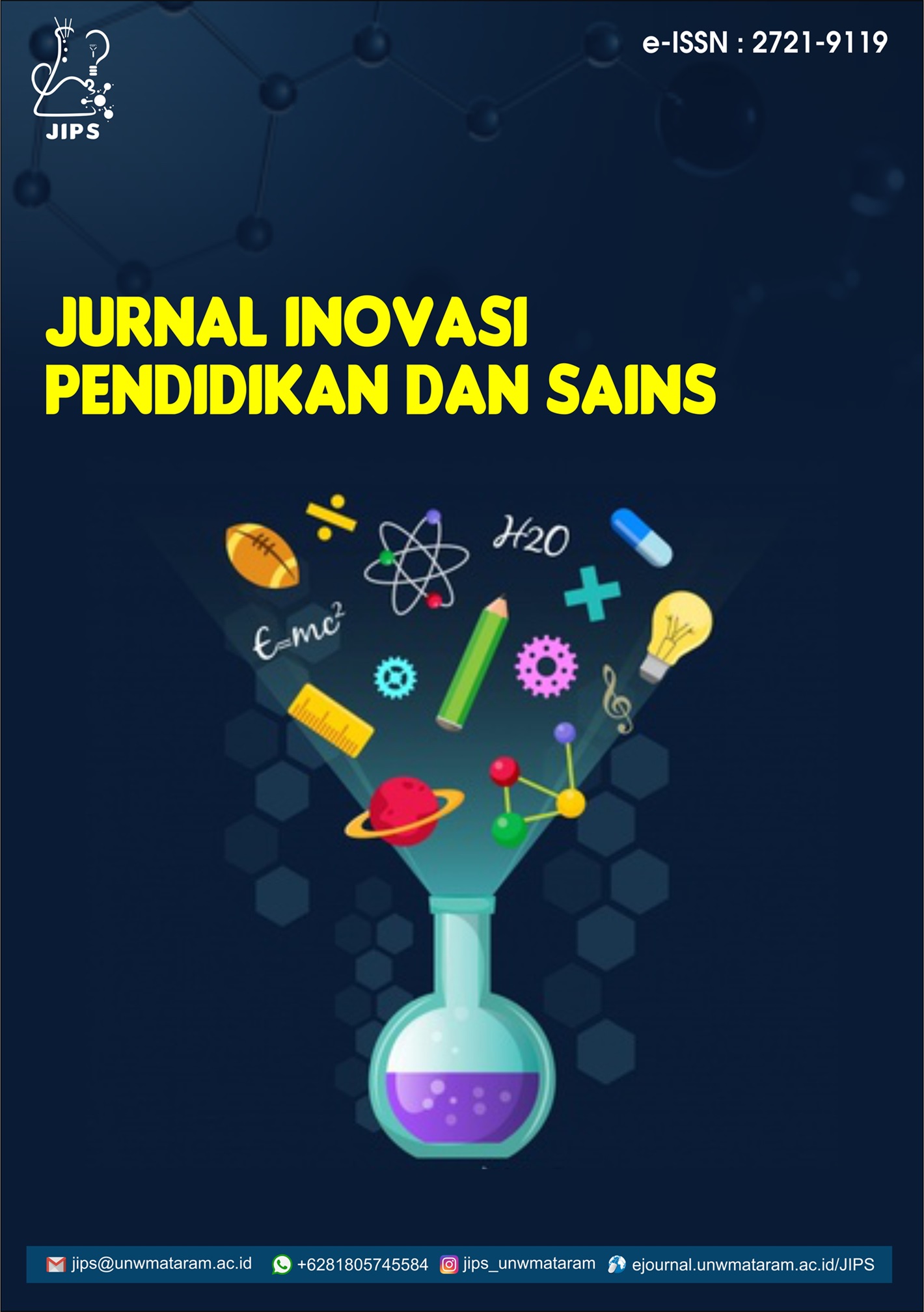ANALYSIS OF Aedes spp. LARVAE DENSITY IN THE TRADITIONAL MARKET TALLO DISTRICT MAKASSAR CITY
Abstract
This study aims to determine the density of Aedes spp. larvae at the traditional market, Tallo District, Makassar City. This research is a type of descriptive research that describes the density of Aedes spp. larvae by conducting a limited characterization of the area which is the object of research. This research was conducted by taking samples of larvae in traditional markets in Tallo District, Makassar City and identifying samples at the Entomology Laboratory, Faculty of Mathematics and Natural Sciences, Hasanuddin University. The results showed that the larvae index obtained in the three traditional markets was included in the category of moderate risk of transmission because it was on a scale of 4 to 5, namely the CI value = 20.45% in Cidu Market, in Pannampu Market the CI value = 20.41% and the value of CI = 20.41%. CI = 11.11% in Paotere Fish Market. In conclusion, Aedes spp. was found living and breeding in the three traditional markets in Tallo District, Makassar City
References
2. Zulkoni, A. 2011. Parasitologi untuk Keperawatan, Kesehatan Masyarakat, dan Teknik Lingkungan. Yokyakarta: Nuha Medika
3. Dinas Kesehatan Kota Makassar. 2019, Kasus Demam Berdarah Dengue (DBD) Kota Makassar Tahun 2017-2019. Dinas Kesehatan. Makassar
4. Maksud, M. Udin, Y. Mustafa, H. Jastal, R. 2015. Survei Jentik DBD di Tempat-tempat Umum (TTU) di Kecamatan Tanantovea, Kabupaten Donggala, Sulawesi Tengah. Jurnal Vektor Penyakit. 9(1) : 9-14.
5. Maharani, 2015. Pengelolaan Sanitasi Toilet Umum, Pemantauan Jentik Nyamuk Aedes Aegypti Dan Analisa Kandungan Candida Albicans Pada Air Bak Toilet Umum Di Beberapa Pasar Tradisional Kota Medan. (online) (http://repository.usu.ac.id/handle/123456789/62429, Di akses 11 Oktober 2020).
6. Departemen Kesehatan RI. 2008. Bulletin Harian (Newsletter) Tim Penanggulangan DBD Departemen Kesehatan R.I., (online) (www.depkes.go.id, Diakses 5 Mei 2020).
7. Judarwanto, W. 2007. Profil Nyamuk Aedes dan Pembasmiannya. (online). (http://www.indonesiaindonesia.com/f/13744-profil-nyamuk-aedes pembasmiannya/, Diakses 10 September 2020).
8. Budiyanto, A. 2012. Karakteristik Kontainer Terhadap Keberadaan Jentik Aedes aegypti di Sekolah Dasar. Jurnal Pembangunan Manusia. 6(1): 337-345
9. Robi, I., W., dan Praba, G. 2013. Pengamatan Keberadaan Jentik Nyamuk Aedes sp. pada Tempat Perkembangbiakan dan PSN DBD di Kelurahan Ketapang. Jurnal Kesehatan Lingkungan. 2(2) : 354-365
10. Suparta, I., W. 2008. Pengendalian Terpadu Virus Demam Berdarah Dengue, Aedes aegypti (linn) dan Aedes albopictus (Skuse) (Diptera:Culicidae). Pertemuan Ilmiah. Universitas Udayana, Bali. 3-6 September 2008.
11. Ririh, Y. dan Vidiyani, A. 2005. Hubungan Kondisi Lingkungan, Kontainer, dan Perilaku Masyarakat dengan Keberadaan Jentik Nyamuk Aedes aegypti di Daerah Endemis Demam Berdarah Dengue Surabaya. Jurnal Kesehatan Lingkungan. 1(2): 12-24
12. WHO. 2004. Dengue alert in South East Asia Region. New Delhi. World Health Organisation. Regional Office for South East Asia. (online) (http://w3.whosea.orga/index.htm, Diakses 7 Mei 2020).
13. Rueda, M, L. 2004. Pictorial keys for the identification of mosquitoes (Diptera: Culicidae) associated with Dengue Virus Transmission. ISBN: 1-877354-47-3.



